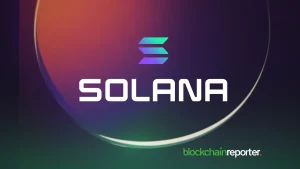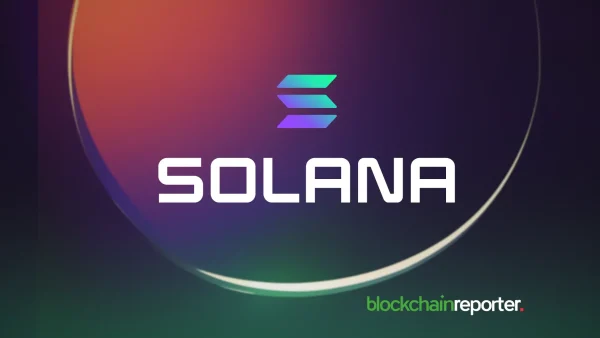
The recent Bitcoin Halving resulted in the highest unrealized profits in Bitcoin supply prior to a halving event ever observed. More specifically, at a MVRV Ratio of 2.26 investors currently hold significant paper gains compared to their initial investment cost. This means that on average, an individual unit of BTC has an impressive +126% paper gain.
Bitcoin’s Fourth Halving Reduces Production Subsidies
Bitcoin’s deterministic process is governed by the Difficulty Adjustment mining algorithm for the currency’s emission schedule. Although numerous mining rigs participate in the process, the algorithm ensures that an average block interval is still around 600 seconds. The fact occurs regardless of the change in hash rate, meaning that every 210,000 blocks or every fourth year, the number of newly minted coins gets halved.
The recent Fourth Bitcoin Halving saw the production subsidies decrease from 6.25BTC/Block to 3.125BTC/Block or an issuance of close to 450 BTC/day. With the Fourth Epoch coming, 93.75% of Bitcoin’s 21M terminal supply is mined and emitted, leaving about 1,312,500 BTC to be issued in the next 126 years. Similarly, with each halving, there is an event when the remaining supply equals the new block subsidy.
Bitcoin 50% of Remaining Supply to be Mined Before Fifth Halving
Between the fourth and fifth halvings, 50% of the remaining supply will be mined. The Fourth Bitcoin Halving has halved the annualized inflation rate of the Bitcoin Supply in half, further cementing its position as continously greater than Gold as measured through issuance scarcity.
Overall investor yield can continue to be supported against the halving through a positive spot value action and historical altitude breach, producing a decrease in the decrease of the miner’s income in proportion to the starting point of the year. This halving epoch proceeds to portray reducing growth rates in all network data.








